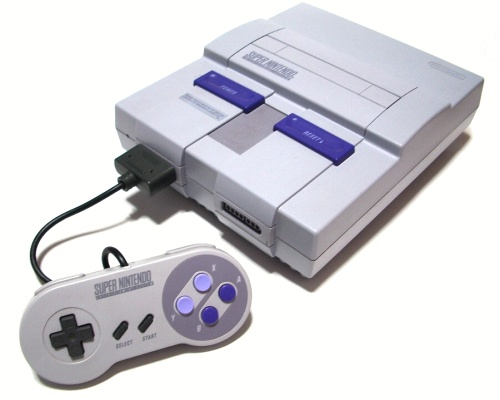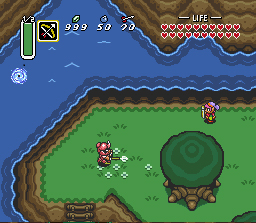Gamers as Community
A Gaming Literacy narrative
 When I was nine years old, I received my first videogame system, the Super Nintendo (SNES), as a Christmas gift. I had played my sisters’ Atari for years prior, and I spent many nights at a friend’s house playing the original Nintendo system. This console, however, was different because I was able to play games by myself—offering me my first taste of childhood independence and technological exploration—and take as many turns as needed to beat a given level—providing me with the chance to try various problem-solving tactics without fear of failure. At the time, I had no idea how much impact that single gift would have on my life.
When I was nine years old, I received my first videogame system, the Super Nintendo (SNES), as a Christmas gift. I had played my sisters’ Atari for years prior, and I spent many nights at a friend’s house playing the original Nintendo system. This console, however, was different because I was able to play games by myself—offering me my first taste of childhood independence and technological exploration—and take as many turns as needed to beat a given level—providing me with the chance to try various problem-solving tactics without fear of failure. At the time, I had no idea how much impact that single gift would have on my life.
While I was an active child who enjoyed  playing outdoors on a frequent basis, my rainy day afternoons and winter evenings would be spent slaying Koopa Troopers and saving Zelda from the evil Ganon. As the years progressed, I moved through the Nintendo systems one by one, bought my first PlayStation, and eventually settled into Xbox 360 gameplay. With each new system, I had to learn new tactile skills for button configuration and command functions. And in the early days, I read game manuals to learn how to move my avatars through their virtual worlds.
playing outdoors on a frequent basis, my rainy day afternoons and winter evenings would be spent slaying Koopa Troopers and saving Zelda from the evil Ganon. As the years progressed, I moved through the Nintendo systems one by one, bought my first PlayStation, and eventually settled into Xbox 360 gameplay. With each new system, I had to learn new tactile skills for button configuration and command functions. And in the early days, I read game manuals to learn how to move my avatars through their virtual worlds.
As an adult, I am more likely to spend a free evening traveling through the kingdom of Ferelden or leveling up my UMP45 in an online battle than I am to spend an afternoon hiking. And instead of reading the 6 3/4” x 4 5/8” paper manuals that came with all my SNES games, I now read how-to instructions on a variety of screens. I also bookmark various game FAQs or creep through forums, looking for information from other players on how to find hidden rooms and loot. I’ve even had the opportunity to make friends and meet players from an MMORPG that ate away most of my junior and senior years of college.
It took me nearly 20 years from that fateful Christmas of 1991, but I eventually felt inducted into the community of gamers that had been growing in numbers since the 1970s. [2] And even though my gaming identity has turned to the “casual gamer” who plays far less often than I’d like, I maintain my gaming literacy by remaining part of the community and engaging in discussions about gaming and the latest trends on the market.
I share this gaming literacy narrative because it not only illustrates my slow immersion into a community I didn’t know existed as a child, but also because it reveals some of the multimodal literacies involved in the “social languages” (Gee, 2001b, p. 718) of gamers. As a gamer, I frequently navigate through online forums and websites to find alphabetic texts, screen captures, and videos that guide me through difficult levels. I also use my headset while gaming online to listen to and communicate with other gamers in order to traverse digital landscapes together and plan our attacks. And the console interfaces that I use require me to navigate through images, videos, log-in screens, and chat options in order to experience the full benefits of that particular gaming platform.
Notes
- Although the terms “gaming” and “gamers” can be used to define those who participate in a wide variety of games (e.g., board games, sports, role-playing games, drinking games, etc.) for the purposes of this text, “gaming” and “gamers” will be used exclusively to describe “video games” or gamers who play video games respectively.
- While some may contest the original inception of gaming, I place it during 1977 with the mass production and distribution of the Atari 2600.
